In a world where consumers are inundated with countless other marketing tactics and messages every day, how can your brand stand out and effectively reach your target audience?
The answer lies in inbound marketing strategies, a powerful approach that focuses on attracting potential customers through valuable content, building trust, and nurturing relationships.
It’s because inbound marketing important not about pushing your products or services, but about pulling in the right people by providing solutions to their problems and answers to their questions. Ready to unlock the power and benefits of inbound marketing tools and strategies and take your business to new heights? Read on.
Key Takeaways
-
Prioritize creating personalized, high-quality content tailored to your target audience’s interests to boost loyalty and drive sales, complementing it with effective SEO to reach your niche persona-driven audience segments in your CRM.
-
Leverage the power of multichannel inbound strategies to engage and amplify your reach, building a consistent presence and personalize communications to nurture leads and drive conversions.
-
Invest in the right inbound marketing tools and technologies for scalable automation, improving SEO, and detailed attribution analytics, while continually optimizing your strategies through CRO techniques and genuine influencer collaborations.
1. Exploring the Core of Inbound Marketing
Inbound marketing fundamentally revolves around offering value. Unlike other outbound marketing and lead generation tactics such as banner ads that focus on sharing targeted messages without necessarily providing upfront value, an inbound marketing strategy that engages your audience by offering standard content and building meaningful connections.
This strategy requires the creation of tailored, high-standard content that aligns with the interests of your potential customers.
The key?
Ensuring the quality of content is a top priority and personalizing the content based on customer preferences to build loyalty and drive sales using both your inbound and outbound marketing and marketing tactics, inbound marketing work and outbound lead generation efforts as part of a successful inbound marketing campaign.
Furthermore, using search engines and your own search engine results page landing page and optimization is a key factor in using the search engine optimization seo and the search engines, and ensuring your content reaches its intended audience.
The Inbound Marketing Methodology
The Flywheel model, with its four stages - attract, convert, delight, and engage, forms the basis of the inbound marketing strategy, approach and methodology. By focusing on delivering exceptional customer experiences, this customer journey-centric model fuels business growth and makes the whole inbound marketing strategy and approach work effectively.
How do you validate the success of your inbound content marketing strategy? Conducting an inbound content marketing and audit is one effective way.
This process is essential for:
-
Evaluating the effectiveness and quality of your content strategy
-
Determining the need for changes
-
Understanding which strategies are working and which are not
Ultimately, delighting customers is the key to creating brand evangelists and driving growth of business. Maintaining customer satisfaction can transform your customers into influential brand promoters.
How Inbound Marketing Works
At its core, successful inbound marketing campaign is about understanding your target audience’s needs and preferences, and creating compelling and relevant content that resonates with them.
In-depth interviews with your clients or prospective customers can offer valuable insights into their issues and concerns. These insights can be used to produce tailored content that directly addresses their needs, potentially leading to increased engagement and conversions.
Moreover, creating unique and standard content can provide immense value to potential and current customers, and offer actionable tips or relevant insights.
Creating persona-driven content through pillar pages allows you to convert blog readers into high-quality leads for digital and outbound marketing efforts and sales funnel. This approach ensures your content aligns with the distinct interests and challenges of various customer personas.
2. Crafting a Robust Inbound Strategy
Formulating a strong inbound strategy entails:
-
Comprehending your target audience and tailoring your content to their needs and preferences.
-
Defining your ideal customer profile and understanding their needs.
-
Attracting visitors to your website.
-
Creating content that truly connects with your target audience.
Comprehending the purpose of your content, understanding your target audience, and strategizing your content’s place within the buyer’s journey, allows you to offer valuable information to your audience at the right moment, thereby enhancing your content marketing and inbound marketing efforts.
Identifying Your Target Audience
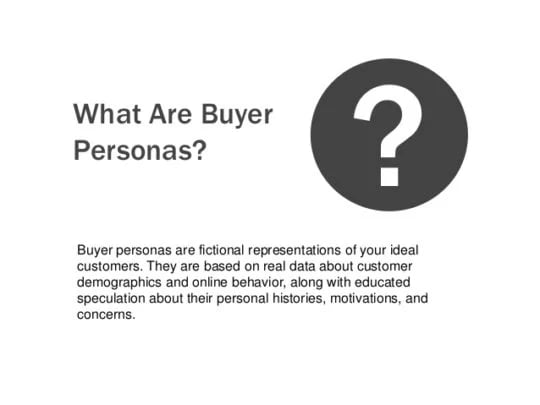
The first stride towards generating impactful inbound marketing content is to identify your target audience. Understanding your audience’s interests is crucial for creating content that truly connects with them, boosts engagement, and speaks to what matters most to them.
A full buyer's journey persona—a detailed representation of your ideal customer can help your company better understand targeted demographics and their online your audience.
Creating an ideal customer profile (ICP) or paying customer allows you to direct your marketing efforts towards those who stand to gain the most from your product or service.
Aligning Content With the Buyer's Journey
The buyer’s journey itself, a key concept in inbound marketing, represents the process that potential buyers undergo, from becoming aware of a product or service, considering and evaluating it, to finally deciding to make a purchase.
When aligning your content with customer journey, you can ensure that you’re providing the right information at each stage of customer journey, guiding your prospects towards conversion.
Crafting compelling headlines and incorporating visuals and multimedia can make your content more appealing and engaging, leading to higher click-through and conversion rates.
3. SEO: The Backbone of Inbound Marketing

Any successful inbound marketing strategy requires search engine optimization (SEO) as a key component. SEO involves optimizing your website and content to rank higher in the SERP, making it more visible to potential customers searching for the products or services you offer.
This marketing work involves various strategies, from creating high-quality, relevant content to optimizing your website’s structure and performance.
Keyword Research and Optimization
SEO heavily relies on keyword research and optimization. By identifying the relevant keywords, and phrases within keywords that your target audience is searching for, you can optimize your content to rank for those terms, enhancing your visibility in search ads and attracting more organic traffic.
This inbound SEO strategy not only draws in more visitors from SERP but guarantees that incoming traffic is using relevant keywords, thereby enhancing the likelihood of conversion by filling-out a lead form on your page or post.
On-Page and Off-Page SEO Tactics
To boost your website’s visibility and draw in more organic traffic, on-page and off-page SEO tactics are indispensable. On-page SEO involves optimizing individual webpages on your site, including the content and HTML source code, while off-page SEO refers to actions taken outside of your website to improve its search engine rankings, such as building high-quality backlinks from other websites.
Ideally, you want to begin by focusing on technical SEO and on-page optimization. When your site is good to go, start posting valuable, high-quality content (more on this in the next section). Only then should you build backlinks to your optimized pages. The idea is to target high-value links that show authority and credibility to both users and search engines.
4. Leveraging High-Quality Blog Posts
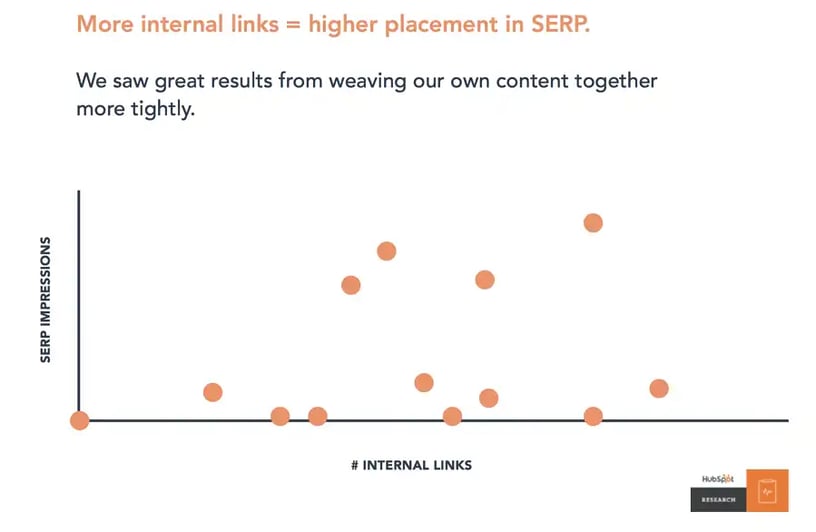
Effective inbound methodology relies significantly on the creation of high-quality blog posts that are driven by buyer personas.
They provide standard content for your audience, helping to attract customers, nurture new leads, establish your brand as an authority on the benefits of an inbound marketing campaign, methodology or strategies that work for your industry and build trust with your readers. Compelling content and headlines that grab the reader’s attention often incorporate appealing visuals and motion to enhance the reader’s experience and ultimately lead to higher engagement.
Creating Compelling Headlines
An engaging headline could be the deciding factor between a reader clicking on your blog post or ignoring it. When crafting your headlines for social media posts, it’s important to use strong and impactful language that grabs the reader’s attention and piques their curiosity.
You might also consider adding a bit of negativity or posing intriguing questions to create interest and drive engagement inbound methodology.
Incorporating Visuals and Multimedia
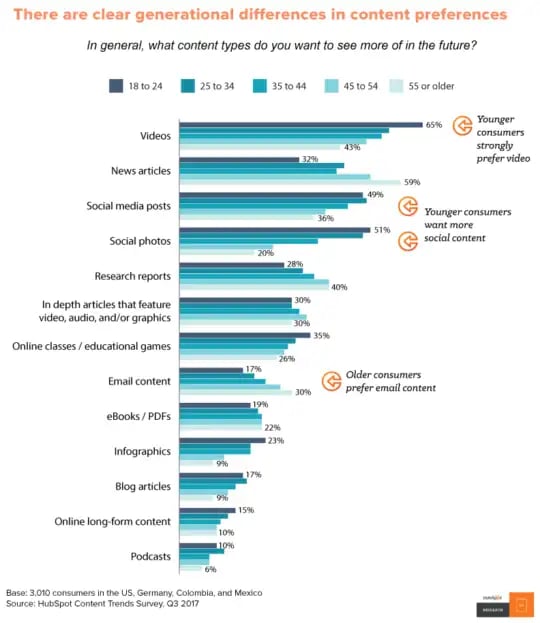
Incorporating visuals and multimedia in your blog posts can significantly enhance the reader’s experience. Visual content is not only more engaging, but it can also help convey complex ideas quickly and effectively.
Including infographics, videos, and images in your social media posts can break up the written content, making it easier to digest and more visually appealing.
5. Social Media as an Inbound Catalyst
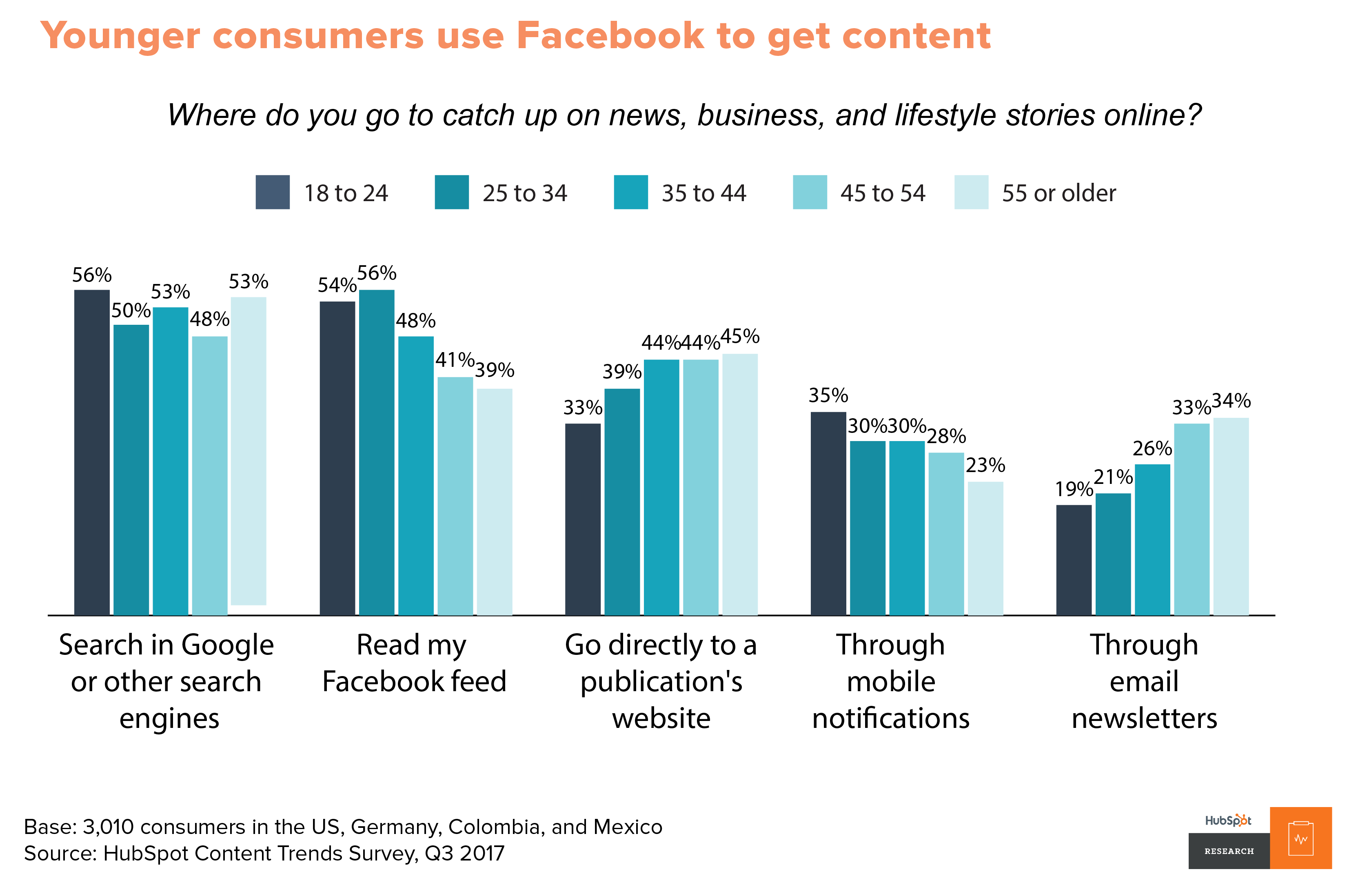
Social media marketing is a sub-set of inbound channels that can significantly amplify your inbound page session to contact conversion rate. It provides a platform for amplifying your content reach, engaging more with potential customers, and building brand awareness.
Establishing a strong presence on social media and engaging actively with your audience can increase traffic to your blog posts, enhance targeted traffic, and ultimately elevate your inbound marketing strategy and implementation approach.
Building a Consistent Social Media Presence
Maintaining a consistent brand message and actively posting about your brand values, you can ensure that your brand maintains a strong and unified image.
A powerful content calendar can also help you organize your posts, ensuring that you’re consistently providing relevant and valuable content to your audience.
Engaging with Social Media Users
Engaging with users of social media is a crucial element of a successful social media marketing strategy. You can build relationships, foster a sense of community, raise brand awareness, and gain valuable insights into your audience’s needs and preferences.
6. Email Marketing: Personalization at Scale
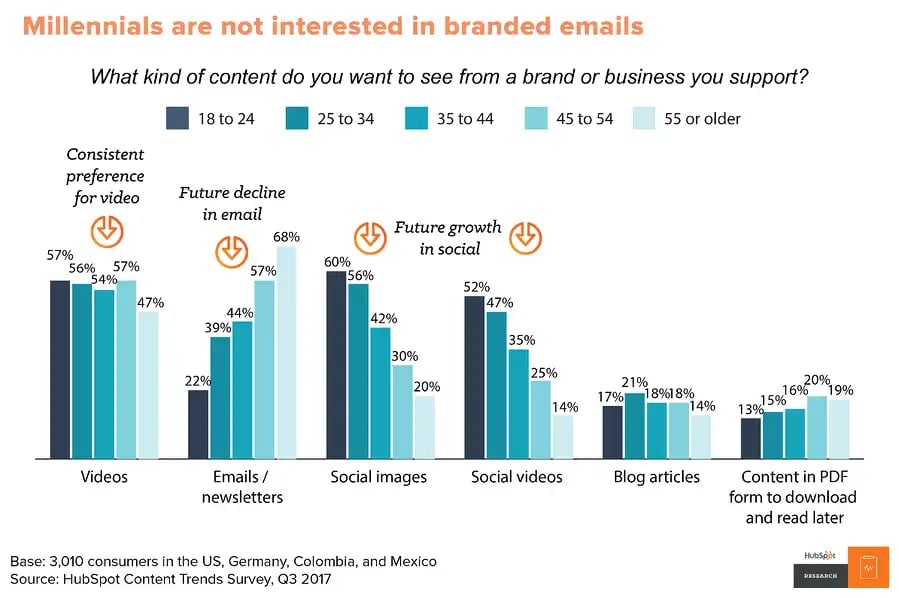
Personalized email marketing serves as an effective instrument for nurturing leads and transforming prospects into loyal customers. By delivering targeted content to qualified leads that aligns with their interests and needs, you can:
-
Build trust and loyalty among your target audience
-
Increase engagement and open rates
-
Drive conversions and sales
-
Improve customer satisfaction and retention
Implementing personalized email campaigns and other digital marketing and inbound marketing tactics and strategies can greatly enhance your overall, digital, marketing strategy and inbound marketing efforts and help you achieve your business goals.
Crafting Tailored Email Content
Creating customized email campaigns and content requires a deep understanding of your recipient’s interests and preferences to produce content that aligns with them.
This can include:
Measuring Email Campaign Success
Measuring the success of your email campaigns is crucial for optimizing your email marketing strategy. By tracking key metrics like open rates, click-through rates, and conversion rates, you can gain valuable insights into the effectiveness of your campaigns and make data-driven decisions to improve future email campaigns further.
7. Inbound Tools and Technologies
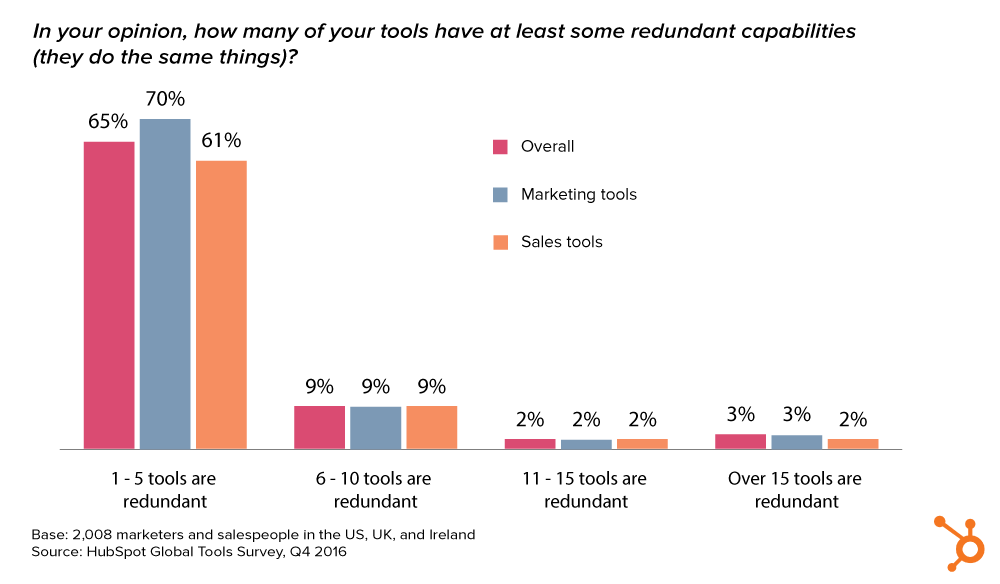
Inbound marketing automation tools and technologies are instrumental in streamlining digital marketing and processes, automating monotonous tasks, and offering valuable insights for ongoing enhancement of digital marketing itself. Whether you’re looking to improve your SEO, automate your emails, or analyze your social media performance, there’s a tool out there that can help.
Automation Platforms
Automation platforms can help manage and optimize your marketing efforts, saving you time and resources.
By automating repetitive tasks and streamlining your processes, these automation platforms can help you focus on the strategic aspects of your efforts, while ensuring that your tactical execution is efficient and effective.
Some popular marketing automation platforms include:
-
HubSpot
-
Marketo
-
Pardot
-
Klaviyo
-
Mailchimp
Consider exploring these platforms to see which one best fits your needs and goals.
Analytics and Reporting Tools
Analytics and reporting tools provide valuable insights into the performance of your marketing campaigns, helping you make data-driven decisions and improve your marketing strategies further. By tracking key metrics and analyzing your data, you can identify areas of success and areas for improvement, helping you optimize your marketing efforts for better results.
8. Influencer Marketing: Expanding Your Reach
Influencer and other marketing tactics can be inbound strategies to significantly extend your brand’s reach and foster trust with your audience.
Through partnering with industry relevant influencers who share your brand’s values and resonate with your targeted audience, your marketing and sales team can leverage their influence to promote your products or services, raise your brand's awareness and drive engagement benefits of inbound marketing strategies.
Selecting the Right Influencers
Selecting the right influencers is a critical step in your influencer marketing strategy. By choosing influencers whose audience aligns with your target market and who share your brand’s values, you can ensure a successful collaboration that resonates with your audience and drives results.
Collaborating for Authentic Content
Collaborating with influencers for authentic video content creation can help build trust and credibility with your audience. By allowing influencers to create genuine, relatable content, that speaks to their audience, you can ensure that your brand’s message is conveyed in a way that resonates with your targeted audience and feels authentic.
9. Conversion Rate Optimization (CRO) Techniques
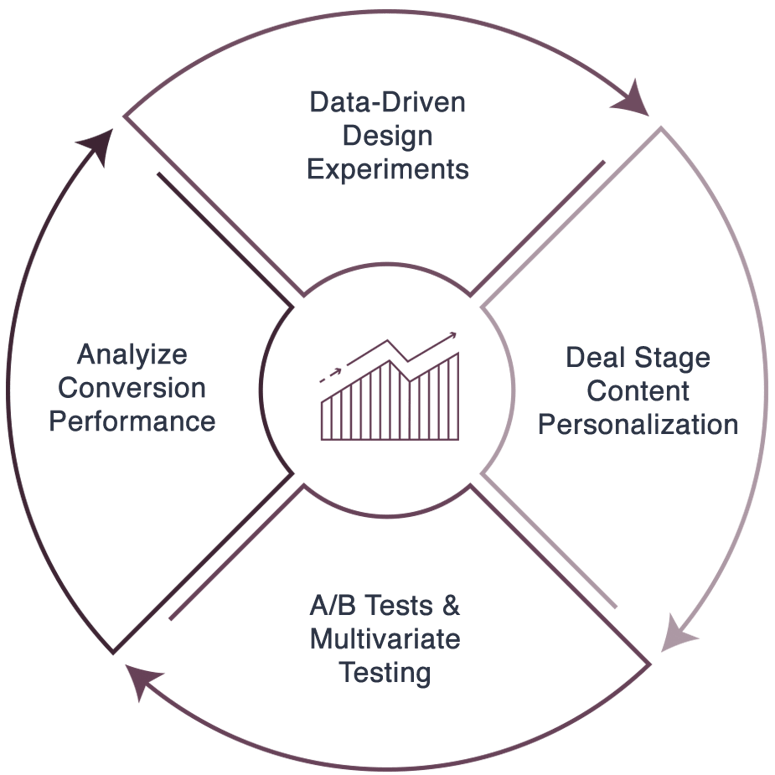
Conversion rate optimization (CRO) techniques are designed to enhance your website’s performance and boost conversion rates. By making strategic changes to your website and tracking the results, you can identify what works best for your audience and continually improve your website to drive more conversions.
A/B Testing for Better Results
A/B testing, an effective CRO technique, enables you to compare two versions of a webpage or landing page to determine the better performer. By testing different elements of your pages, such as headlines, images, or calls to action, you can identify which version leads to higher engagement or conversion rates and optimize your website accordingly.
User Experience (UX) Best Practices
Implementing user experience (UX) best practices on your website can lead to a more enjoyable and seamless experience for your visitors, increasing the likelihood of conversion. By focusing on elements like usability, accessibility, and design, you can create a website that not only looks great but also functions smoothly and meets your audience’s needs.
10. Nurturing Leads into Loyal Customers
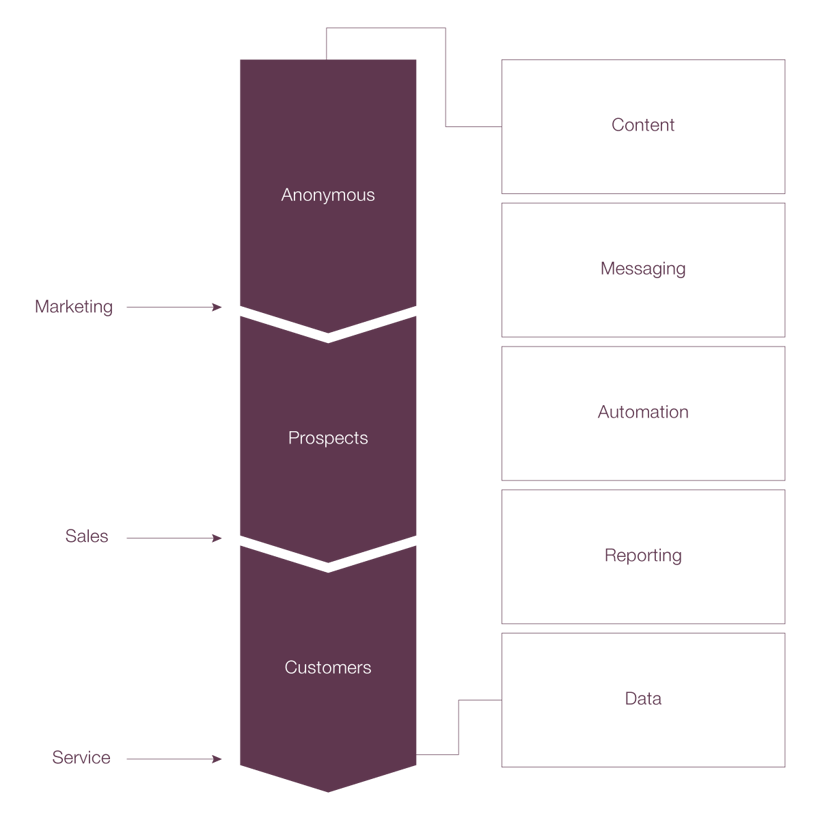
Converting leads into loyal customers is a crucial aspect of successful inbound campaign and important part of a successful inbound strategy. By understanding your leads’ needs and providing content that addresses these needs, you can build trust and guide your leads towards conversion.
Lead Scoring and Prioritization
Lead scoring and prioritization are key techniques for managing your leads and focusing your marketing efforts on those most likely to convert. By assigning a numerical value to each lead based on various factors, such as their behavior on your website or their demographic information, you can identify high-value prospects and prioritize your marketing efforts accordingly.
Effective Follow-Up Strategies
Effective follow-up strategies can help you maintain a relationship with your leads and guide them and assist customers and your sales funnel or team towards conversion. By providing qualified leads with personalized emails and targeted content that addresses their specific needs or interests, you can build trust and guide your leads and assist customers and your sales team or your sales funnel, towards conversion.
Transforming Customers into Brand Advocates
The final stage in the inbound process, after the sales funnel and converting leads into customers, is to turn these customers into brand advocates.
By collecting and acting upon feedback, implementing loyalty programs, paying customer back and consistently exceeding customer expectations, among other tactics you can attract customers and create loyal customers who not only continue to purchase from you but also promote your brand to others.
Summary & Takeaways
In conclusion, an effective inbound marketing strategy, is a powerful approach that focuses on attracting potential customers through creating content, building trust, and nurturing relationships.
From SEO to social media, from email marketing to influencer collaborations, each element plays a critical role in inbound marketing efforts. Inbound marketing functions great with agile marketing systems and inbound marketing tools to create a comprehensive and effective strategy.
Frequently Asked Questions
What are inbound marketing strategies?
Inbound marketing strategies focus on attracting customers through creating quality content and experiences that resonate with audiences, rather than relying solely on ads. Creating useful and compelling content, and prioritizing valuable information for sharing can help engage customers and retain visitors.
What are the 5 principles of inbound marketing?
The 5 principles of great inbound marketing are goals, contacts, buyer and customer personas, buyer's journey, and content. Understanding and applying these principles inbound marketing techniques will help your inbound marketing methodology in devising effective, long term relationships in-term strategies to meet customer needs.
What is an example of inbound marketing?
Inbound marketing examples include blog posts, social posts, engagement, search engine optimization, and email nurturing campaigns. Implementing effective inbound marketing strategies can help your business generate more leads, increase brand awareness, and drive more conversions through successful inbound marketing strategies.
What is inbound marketing and how does it differ from outbound marketing?
Inbound marketing is about attracting prospective customers, through content and building trust through inbound marketing methodology, while outbound marketing pushes products onto consumers. The focus of the inbound marketing approach vs outbound marketing, is on nurturing long term relationships and addressing the needs of customers.
So, the key difference that lies between outbound vs inbound marketing is the approach towards engaging with the audience.


